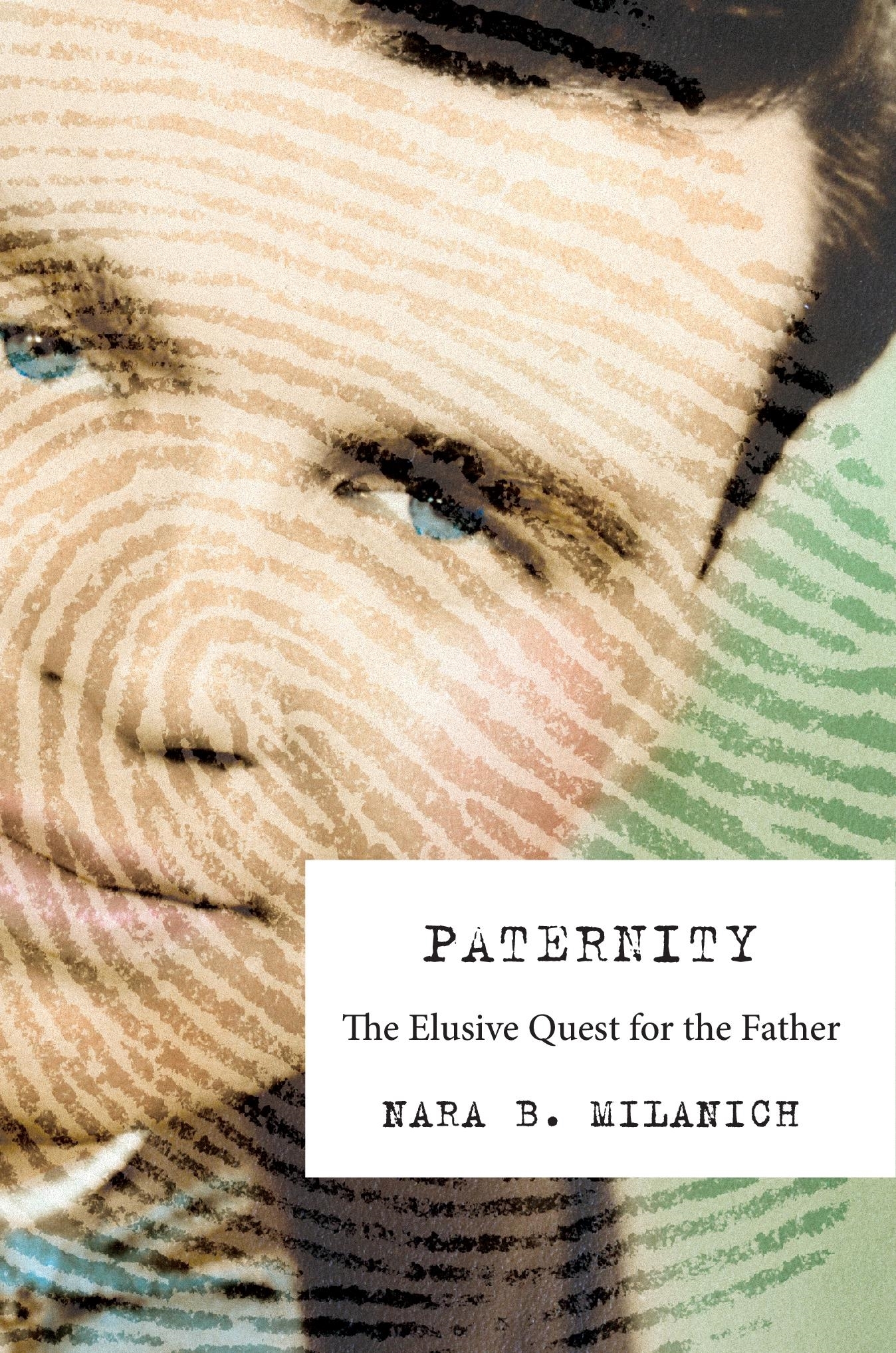For this Father’s Day edition of “Break This Down,” history professor Nara Milanich shares some fascinating stories about parentage from her new book, Paternity: The Elusive Quest for the Father (June 10), which explores the social and political constructs that have been built around the idea of fatherhood. Paternity explores why using DNA testing to establish paternity can’t resolve a quest that is ultimately social, cultural, and political in nature.
Looking at paternity from a policy lens, Milanich penned “Daddy Issues: ‘Responsible Paternity’ as Public Policy in Latin America” for the World Policy Journal in 2017 and a piece on DNA testing at the southern border in The Washington Post. The book has also received coverage in the New York Times Book Review, Time, Scientific American, The Economist, Boston Review, The Conversation, and on the podcasts How Stuff Works, New Books and The Record with Bill Radke.
Milanich’s scholarly interests include modern Latin America and the comparative histories of family, gender, childhood, reproduction, law, and social inequality. At Barnard, she teaches courses ranging from Modern Latin American History to a seminar on the Global Politics of Reproduction. We spoke to her about her latest tome and how her research on paternity testing relates to U.S. immigration policy.
 What led you to write a book about paternity?
What led you to write a book about paternity?
I was working on a totally different topic when I stumbled across some strange medico-legal texts from the 1930s and ’40s that explored different methods of testing paternity. There was an essay by a Venezuelan lawyer about using hereditary blood types to reveal the father’s identity. A Brazilian dentist claimed to be able to establish paternity by examining the teeth of a man and his putative child. An Argentine treatise described the use of fingerprints to fix paternity.
I was struck by the curious methods proposed. Did they actually work? And when had tests of biological paternity developed? The short answer was that the test we today take for granted, the one that websites promote as 99.9% accurate and pharmacies sell for less than $100, is a very recent development. It dates only from the 1980s, when a British geneticist developed the technique known as DNA fingerprinting.
As a historian of family and gender, I was curious about the social and cultural history of this pre-DNA search for the father. Scholars have written excellent histories of contraceptives, artificial insemination, and even sperm banks. To my surprise, no one had written a history of paternity testing. Tracing the rise of testing illuminates changing ideas about family, sexuality, childhood, race, nationhood, and identity.
How did you come to explore these issues beyond Latin America?
Since I’m a historian of Latin America, that’s where this project began — with those texts from Venezuela, Brazil, Argentina, and elsewhere. But I quickly realized the scientific quest for the father was not just a Latin American concern; it was a transatlantic one. In the book, I trace that history as it played out in the United States, Europe, and Latin America. The story is transnational in scope, but also local because the uses and meanings of paternity testing varied dramatically across different social contexts. Scientific testing served a different purpose in Brazil and Germany than it did in the U.S., for example.
What are some of the extraordinary stories you found?
I found numerous incredible stories and ended up writing the book around them. There’s the San Francisco doctor who, in the 1920s, claimed to have invented a machine that could determine a person’s parentage and race by reading the vibrations of his or her blood cells. The case of a biracial child born in postwar Italy who made headlines when a court found that his white mother’s white husband was the infant’s father. Sensational baby-swapping cases in hospitals from Chicago to Havana, and inheritance suits in Buenos Aires and Yorkshire. Celebrity paternity scandals, like the one that ensnared film star Charlie Chaplin in the 1940s.
In all these contexts, scientists, judges, lawyers, journalists, and the public discussed and debated scientific methods for identifying the father, sometimes embracing them and other times rejecting them. For example, a jury found Chaplin to be the father of a baby even after blood group tests excluded him.
What are some of the ways that nations have used paternity science for racist or nationalistic purposes, as you write in the book?
The most disturbing case is that of the Nazis. Because the National Socialist logic of racial classification was genealogical, it required that an individual have two known biological parents in order to know the individual’s “race.” The Nazis worried that adoption, illegitimacy, and adultery could obscure parentage and hence racial identity, causing Jewish individuals to be falsely classified as Aryans and Aryans as Jews. Testing paternity thus became an obsession.
But the Nazis’ obsessions inadvertently opened up a potential avenue of escape for their victims. Jews could strategically challenge their own paternity in order to change their racial classification. People went to court claiming, for example, that their true father wasn’t their mother’s Jewish husband, but the Aryan gardener with whom she’d had an affair. It’s likely that thousands of Jews were able to save themselves and their family members using this strategy. In the Third Reich, paternity testing literally became a matter of life and death.
Do you see echoes of this in the United States today, with the Department of Homeland Security’s recent pilot program to test the DNA of migrants on the southern border?
Following the separation of thousands of migrant parents and children on the border last summer, some observers advocated using DNA tests to reunite them. More recently, the government piloted a new “rapid DNA” program to genetically test migrants on the U.S.-Mexico border. The purpose is to expose “fake families,” whom the government claims are falsely posing as kin. I wrote about this practice in a recent op-ed. The testing of immigrant families has become increasingly common, and as I discuss in the book, the origins of this practice lie in the Cold War.
Parentage testing can be used to connect and reunite but also to separate and exclude. DNA has been called a “truth machine,” but this characterization is somewhat misleading. It’s a technology that absorbs the social and political agendas of those who use it.
Why is the ability to identify a child’s father using today’s DNA testing technology not as simple as many think?
Since the beginning of the 20th century, scientists, lawyers, journalists, and science-fiction writers have prophesied the earth-shattering impact of paternity testing. They predicted that an infallible scientific method for finding the father would end the institution of marriage, bring about the resolution of gender conflict, and usher in equality between the sexes. None of these predictions came to pass. DNA didn’t end the quest for the father because, as I argue, the problem was never about a lack of scientific knowledge in the first place. The “problem” is a social and political one: not “Who is the father?” but “Who do we want him to be?” That’s a question that societies, not scientists, must answer.
- Listen to iHeartRadio's Stuff You Should Know "Short Stuff: The History of Paternity Testing" November 6, 2019 episode, which features Milanich's book Paternity.
- For Mother’s Day 2018, Milanich provided legal counsel to women and children refugees in a Texas ICE family detention center. Read the interview in which she shares the experiences of some of the mothers themselves: “Break This Down: Prof. Nara Milanich Discusses Her Work on Detention Centers.”

Barnard experts explain.


